Easy
As long as you remember that you are taking two exposures to make one picture, flash photography is easy.
The first exposure uses ambient light. This is controlled using shutter speed and aperture as usual.
The second exposure uses light from the flash. Shutter speed has no effect on this exposure (as long as the shutter speed is slow enough to let the whole of the sensor see the flash).
All you have to do is combine the two exposures to produce whatever effect you are after.
So, if you want strong lighting from one side with a subtle fill-in on the other, you could underexpose the ambient exposure and use the flash to create the main lighting effect. That’s what I did here.

This shot of my friend Mr Horacek was taken at f8, 1/250 with the flash on auto (no flash exposure compensation). The flash was a Canon 550EX with ETTL (evaluative through the lens) control, so does a pretty good job on auto. That said, anything on auto is a bit of a crap shoot – results will vary shot to shot.
The camera was a Canon 1DS Mark III. The flash and the camera were connected by an ETTL cable and were on separate tripods.
There was natural light from the right (of the picture) and the off-camera flash is bounced off a wall on the left. There was a black sheet behind Horacek.
The ambient exposure was way underexposed, practically black. A workable exposure would be something like f2 at 1/60. Almost everything you see here is from the flash. Yes, the whole thing is underexposed, but that’s what I was after. A bit Colonel Kurtz.
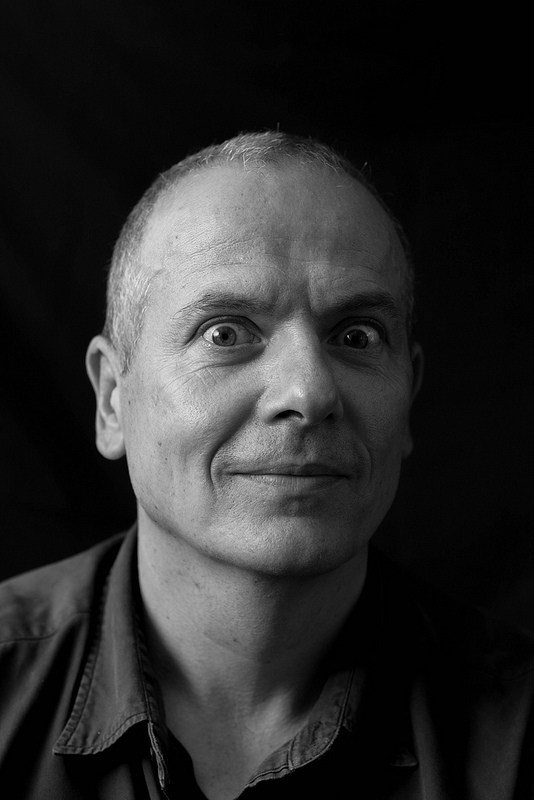
This is the same set up, but this time at f4. The ambient exposure is still underexposed, but less so. The ambient light is coming through a bit more, filling in the right side of the picture.
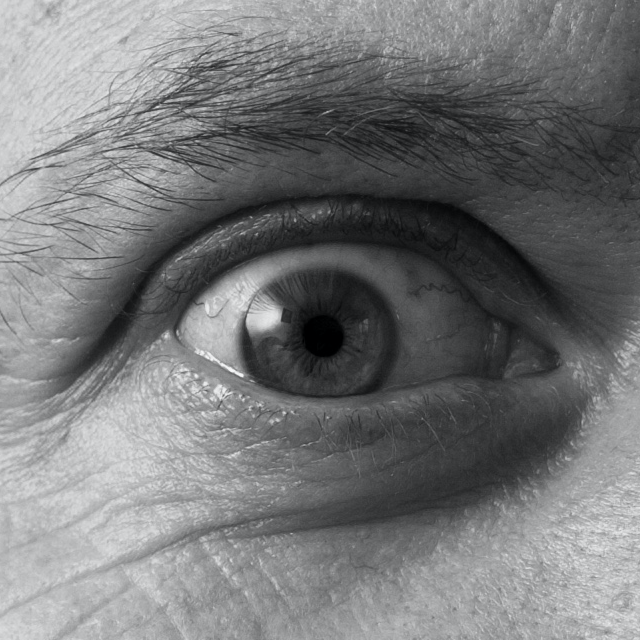
You can see the flash bouncing off the wall as a highlight in this 100% crop of Horacek’s eye. The black square at the base of the highlight is a picture hung on the wall. You can just see a reflection of a window, the ambient light source, to the right of the pupil.
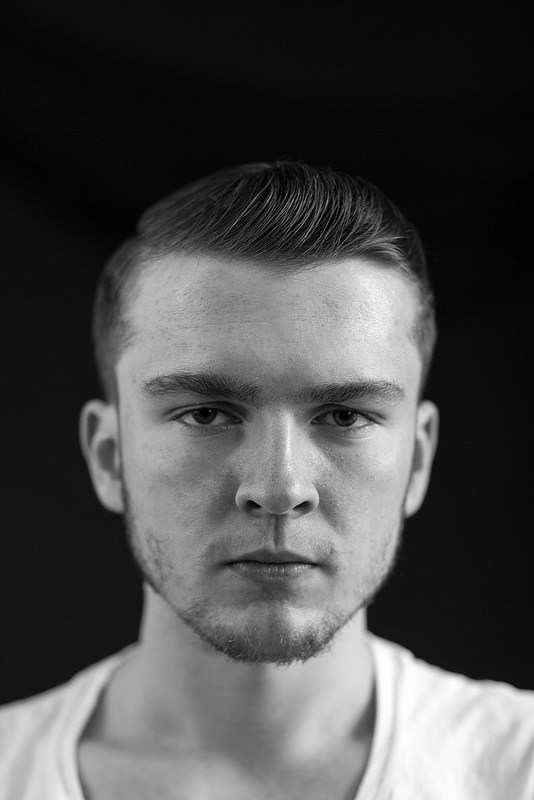
Same setup again, but this time at f2, 1/30th. This is my son, Jay. The ambient exposure is pretty much ‘normal’. Here the flash exposure is filling in the left side of the picture.
You’ll see the depth of field get narrower across the pictures above as I open up the aperture to let more ambient light through. If I’d wanted to keep the depth of focus but have more even lighting in the first shot above I’d have had to find more natural light. Or get my subject to sit very still while I took a long exposure.
OK, So far, so good. That’s easy; two exposures, one photograph. Adjust them individually to get the effect you want.
Hard
I’ve made my life really easy in the shots above. Simple ambient light, one flash. I’ve got the flash off the camera and can point it anywhere I like. My subject is sitting still. And I’m working in black and white.
Things get harder if I want to work in colour. The wall I bounced the flash off is pale green (should have bounced it off a white card). So there’s some white-balance adjustment to do. Pretty hard to get right. Worse if you start mixing flash and tungsten light, for example. You have to start using gels on the flash to balance the colours.
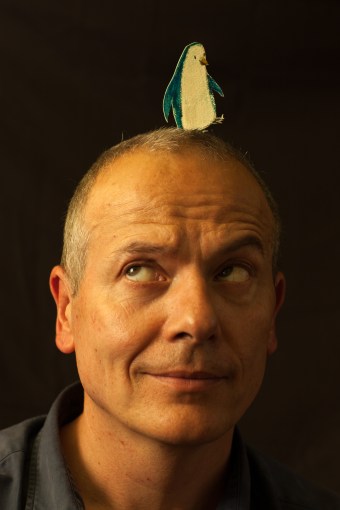
This is the colour balance as shot. Horacek has a tan… but he isn’t that orange.
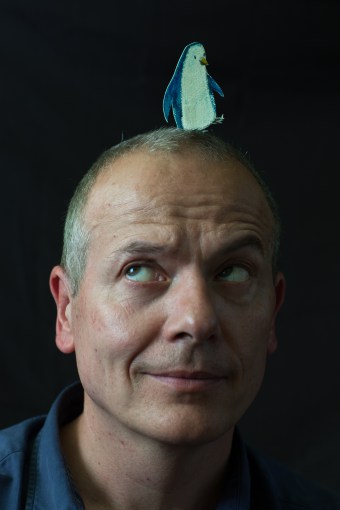
Here I’ve adjusted the colour balance in Lightroom, taking the target neutral off the white of Horacek’s eye. He’s not orange any more, but the whole thing has a blue/green cast.
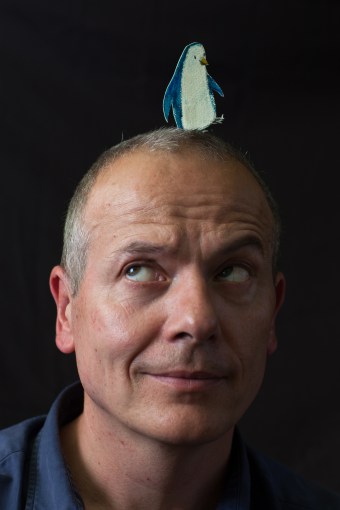
Here’s my own colour adjustment. Better, but there’s something a bit too magenta-ish going on… I’m going to have to ask Horacek to come round so I can see what colour he really is.
In all, colour is really complex and I need to do some reading on camera white balance settings (clearly I got those wrong) and sort out a white reflector.
Add in multiple light sources (of different colours), moving subjects, fast shutter speeds… flash photography gets really hard.
I’m going to read The Speedliter’s Handbook – http://amzn.to/2cmGXya – a couple more times.
It’s a great book, but take it slowly. Dip in and out of the book. Else it will make you feel like you know nothing. In fact I wrote this post to prove to myself, having read the book, that the essentials of flash photography are doable and that I know at least something.